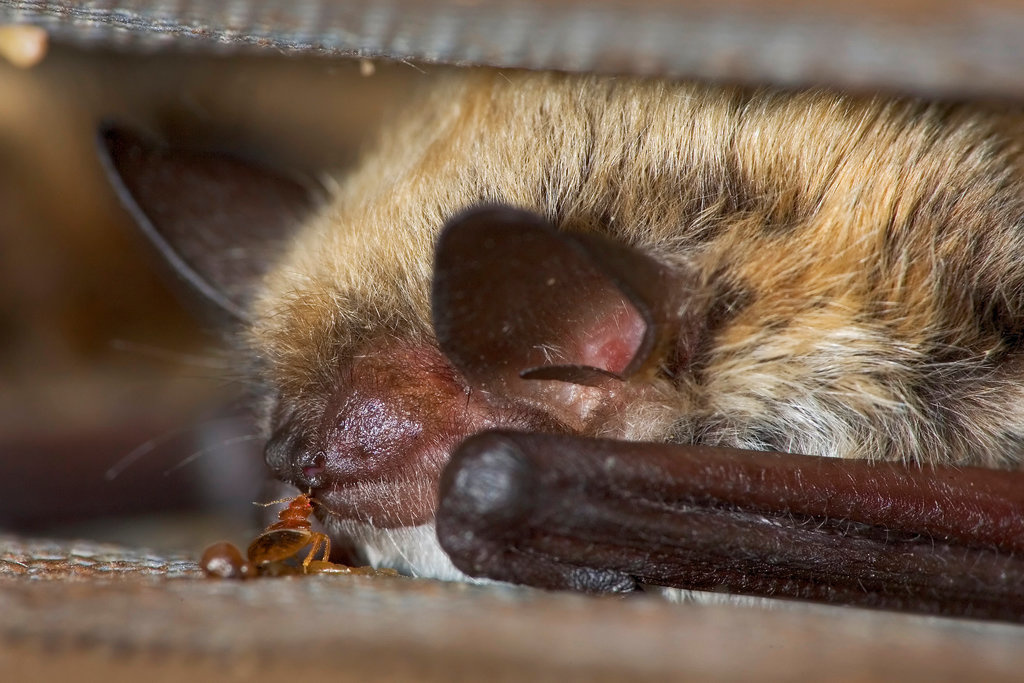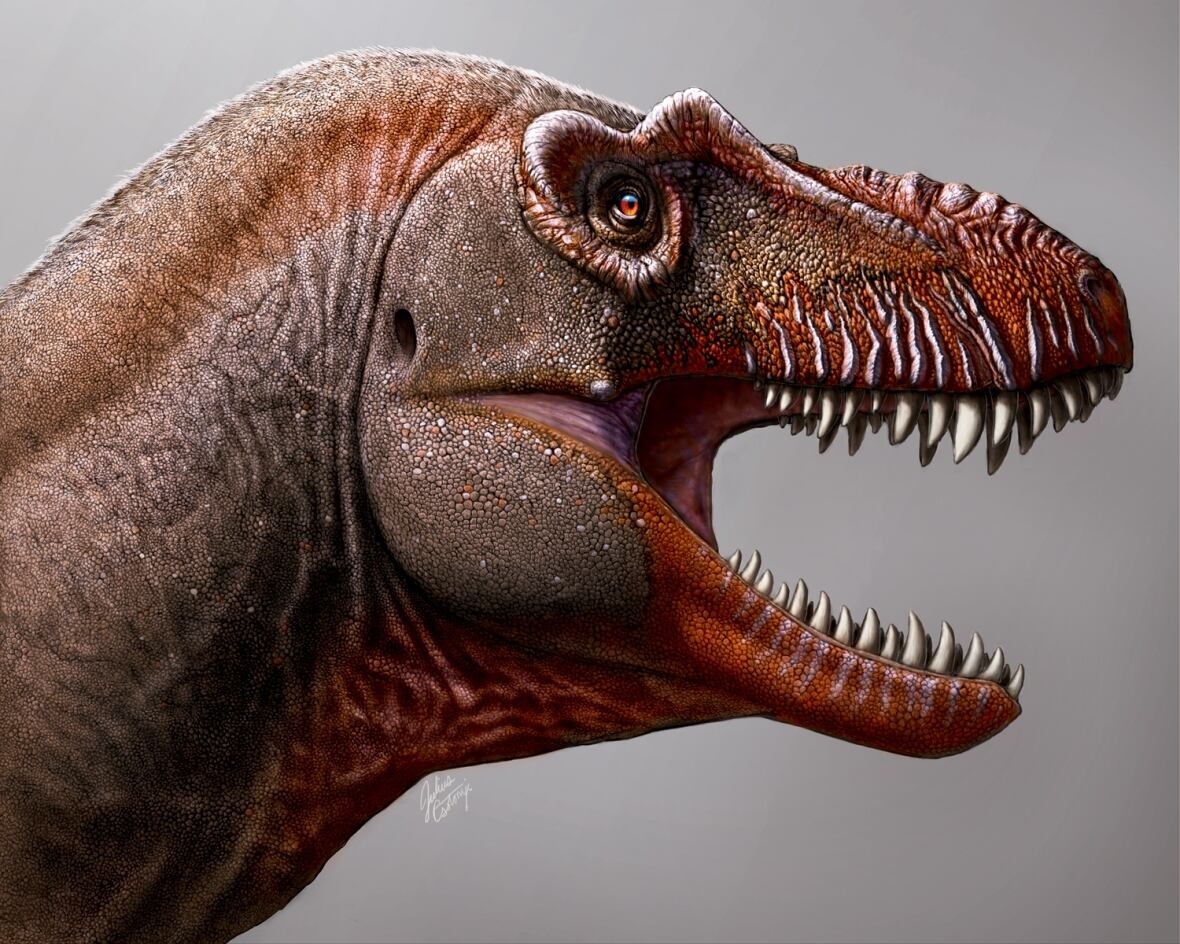Braincase study suggests these baby dwarf dinosaurs were precocious

- A recent study suggests that a baby dwarf sauropod species called Europasaurus holgeri developed very quickly, gaining the ability to feed themselves right after hatching.
- The study used 3D imaging to examine the anatomy of the dinosaurs, which lived on relatively isolated islands.
- The study found that the dinosaurs likely had the ability to hear high-frequency sounds, suggesting they were capable of complex vocalization and were a social species.
Baby dwarf sauropods were likely highly developed, and may have even been able to feed themselves immediately after hatching, according to a new paleoneurology study published in the open access journal eLife.
The sauropods are a clade of dinosaurs that includes the largest land animals that ever lived. Most, such as the brontosaurus, were gigantic creatures with long tails, long necks and small heads. But Europasaurus holgeri, which lived during the late Jurassic period (154 million years ago) in what is now northern Germany, was a very peculiar sauropod — much smaller than other members of the clade, due to being isolated on an island.
Examining sauropod anatomy
Marco Schade of the University of Greifswald and his colleagues used micro-computed tomography to generate digital models of the skull cavities of eight juvenile and adult E. holgeri braincases. These so-called endocasts allowed researchers to examine E. holgeri brain anatomy, and then make inferences about the diminutive dino’s lifestyle and behavior. Their main finding is that juveniles had large inner ears that are indistinguishable from those of the adults.
The inner ear contains a small, spiral-shaped structure called the cochlea, which converts sound waves into electrical impulses. It’s crucial for hearing. It also contains the vestibular system, consisting of three fluid-filled semicircular canals, arranged at right angles to each other, which are critical for balance.
The anatomical details suggest that E. holgeri was a fast-growing species whose young became independent very quickly, “and could probably feed themselves almost immediately, possibly similar to chickens,” the researchers noted.
It is thought that other gigantic sauropods also had fast growth rates. The size difference between adults and hatchlings likely made it difficult for these animals to care for their offspring, meaning early mobility would have conferred an important evolutionary advantage.
From the inferred structure of the inner ear, Schade and his colleagues concluded that E. holgeri had a relatively wide hearing range and could hear high-frequency sounds, suggesting they were capable of producing complex vocalizations. Based on this, the researchers further concluded that E. holgeri was a social species that lived in close-knit groups and communicated with each other extensively.
Endocasts in paleontology
Paleontologists have been studying endocasts of extinct hominins since the late 19th century. While this method of inquiry is not new, modern computerized methods allow them to make increasingly detailed descriptions. Though some have questioned the reliability of endocasts as proxies for brains, a recent comparison of endocasts with the extant human brain demonstrated a close correspondence between them.
Endocasts of many other dinosaur brains have been reported before, and in 2017, a British team even reported on the remarkable preservation of brain tissue in an early Cretaceous iguanodon. Although E. holgeri is one of the best-studied sauropods, this is the first report of its endocast.





